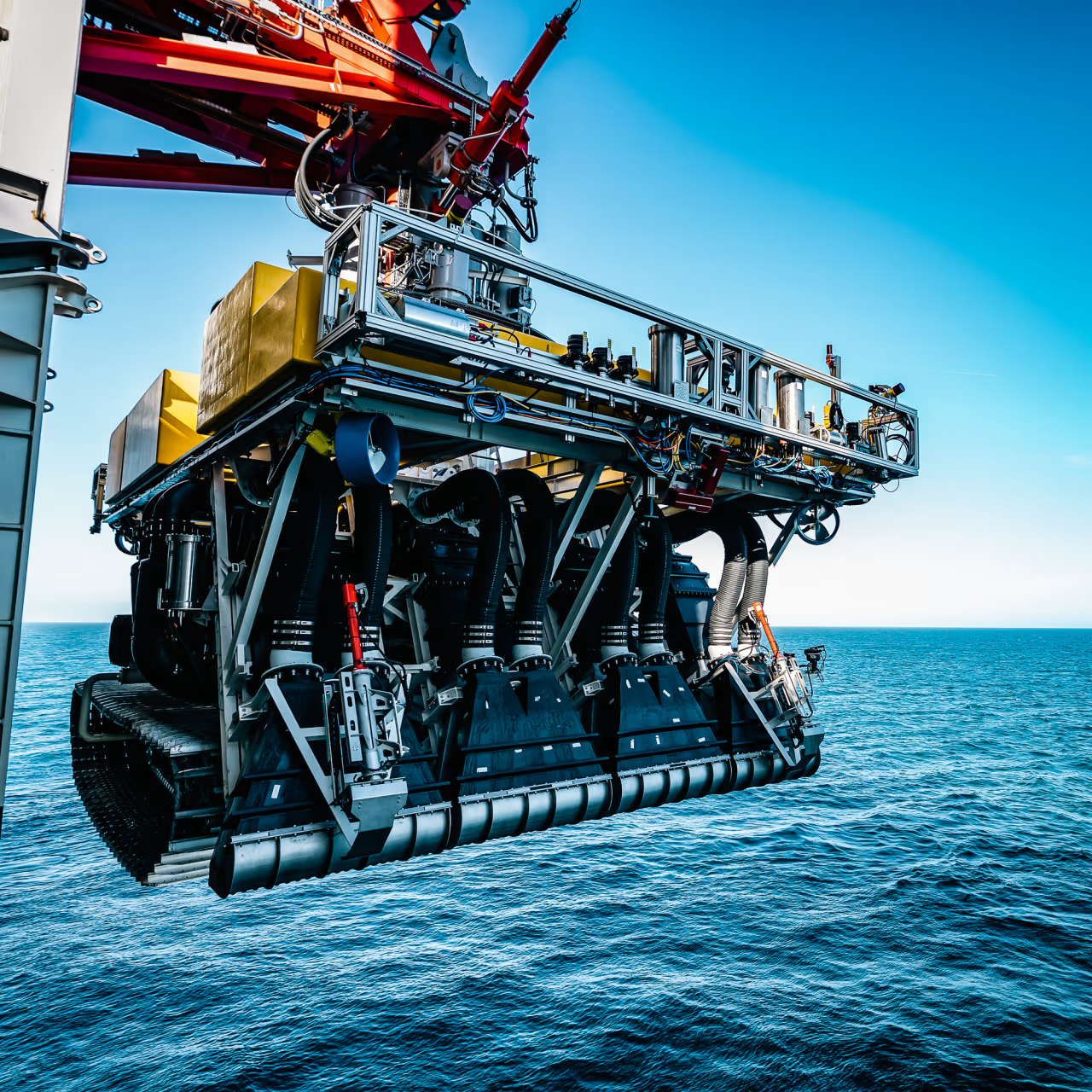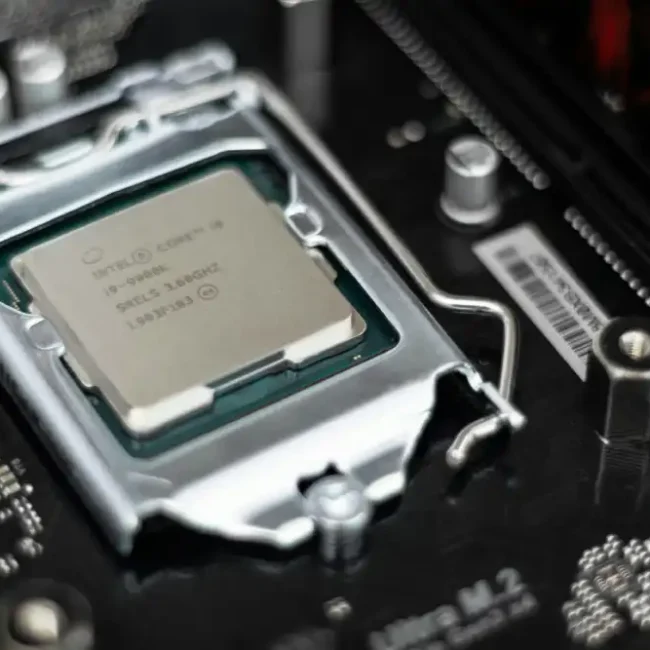U.S. Launches Seabed Research Pact with Cook Islands
On August 6, 2025, the U.S. State Department confirmed that it has initiated official talks with the Cook Islands to support scientific research and development of seabed minerals within the Cook Islands’ Exclusive Economic Zone (EEZ). This cooperative agreement follows a separate strategic partnership between the Cook Islands and China earlier in the year, which included seabed exploration among multiple areas of collaboration MINING.COM.
The Cook Islands government formally endorsed “responsible development” of its extensive seabed mineral deposits, citing mutual priorities like environmental stewardship and scientific rigor in joint research with U.S. institutions and U.S.-linked firms.
🌍 Strategic & Diplomatic Context
Geopolitical Competition in the Pacific
This new U.S. initiative must be seen in light of broader competition with China over critical minerals vital for clean energy and defense technology. Earlier agreements between China and the Cook Islands created diplomatic friction with New Zealand, which suspended development funding in response.
Under the Cook Islands–China memorandum, shared goals included seabed mining, fisheries, infrastructure, and educational cooperation—without prior consultation with New Zealand, the Cook Islands’ longstanding partner.
U.S. Executive Order Spurs Action
In April 2025, President Trump issued an executive order instructing NOAA to fast-track U.S. licensing for deep-sea mining in both international and U.S. waters under the Deep Seabed Hard Mineral Resources Act—effectively bypassing the UN-backed International Seabed Authority (ISA). Soon afterward, U.S.-linked companies submitted mining applications under this domestic framework, challenging multilateral governance norms.
Legal experts have warned that such unilateral licensing may undermine decades of marine governance under UNCLOS, opening doors to overlapping maritime claims and regulatory fragmentation.
🧪 Environmental & Regulatory Snapshot
- As of mid-2025, the Cook Islands has granted only exploration licenses—commercial extraction remains off-limits under its domestic regime.
- The seabed within the Cook Islands’ EEZ is estimated to hold roughly 6.7 billion metric tons of polymetallic nodules, containing valuable metals such as cobalt, nickel, manganese, and copper.
- Environmental advocates and Pacific civil society groups have urged for a moratorium, warning that seabed mining could irreversibly harm fragile ecosystems and marine biodiversity.
📝 Summary
| Issue | Significance |
|---|---|
| U.S.–Cook Islands pact | Tech and science-focused marine research collaboration |
| U.S. executive order | Enables fast-track domestic seabed mining in international waters |
| Rising geopolitics | U.S. and China competing for mineral-rich areas in Pacific |
| Environmental concern | Local groups call for_pause or global moratorium amid environmental risk |
| Regulatory gap | ISA mining code still pending, so multilateral oversight remains weak |
🔭 What’s Next?
- Will commercial mining operations begin if regulations remain unresolved and ISA fails to finalize rules by 2025?
- How will Cook Islands stakeholders balance economic opportunity with ecological risk and local sovereignty?
- Will U.S. actions spur similar unilateral moves from other nations, risking fragmentation of the international legal framework?
- How might China respond or escalate its own cooperation agreements in the Pacific?
In summary, the U.S. is moving to strengthen its foothold in seabed mineral exploration through strategic partnership with the Cook Islands, intensifying competition with China. The situation hinges on regulatory uncertainty, environmental risk, and the geopolitical stakes of deep-ocean resources.





